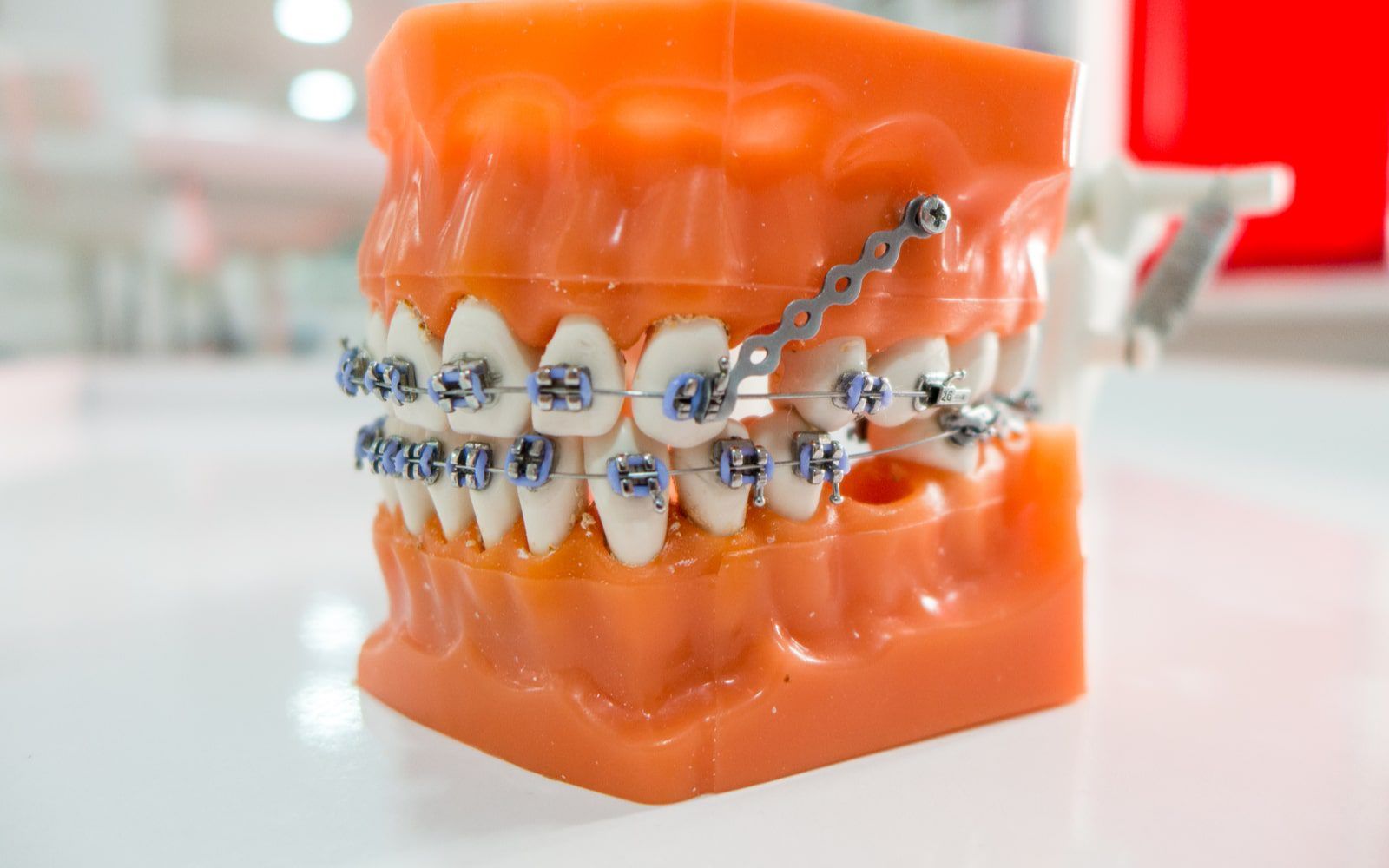What is The Orthodontic Anchorage Control Technique?

For children and adults that need braces, braces are a fantastic tool that helps align the teeth and correct orthodontic issues such as overbites and crooked smiles. However, the key to any good orthodontic treatment comes down to how pressure is used to ensure that patients get the most out of their treatment. It’s referred to as anchorage, and within the last century, anchorage techniques have been used to straighten teeth. Here’s a short summary of anchorage, how it works, and what orthodontists and primary dentists use today to help keep your smile beautiful.
What is Anchorage? How Does It Work?
Anchorage techniques have only been around for over a century, with the concept being discovered and introduced by Dr. Henry Albert Baker. Dr. Baker discovered the use of anchorage points by working with elastic bands, wire, and metal brackets to help align the teeth. Because of this discovery, many dentists were able to avoid the need for tooth extractions and help save countless numbers of people’s teeth.
So, what is an anchorage in the first place? Anchorage uses an adjacent location around the affected area to create constant, gradual pressure. Because of this discovery, many dentists today can work with mouths of all shapes and sizes to correct smiles and improve people’s oral health. Since then, many researchers have improved the basic techniques used back then. Dentists today have many ways to address orthodontic issues and have a variety of techniques on hand to handle the issue, including:
- Temporary Anchorage Devices: TADs have become the latest dentistry invention to correct tooth alignment issues. These mini-screws are placed inside the mouth to provide a fixed point for braces to follow, applying gradual pressure to the areas that need it most.
- Nance Devices: Nance devices are primarily used on the palette to support the mouth’s inner workings. Because it’s located in the deepest part of the mouth, the support it provides removes the need for external devices.
- Sliding Jigs: Sliding jigs work using elastics and wires over time and with a cortical anchorage technique to ensure that movement is going in the right direction, meaning simple adjustments can be made without impacting the braces.
- Up Right Springs: Upright springs or up-righting springs work for the premolars and are often combined with other anchorage techniques to retract the molars from being out of place.
- Because of the variety of anchorage techniques, many dentists can address complex tooth problems in adults and children without the high risk of failure. These techniques allow for more personalized approaches to dental care and help patients with all sorts of problems find the solutions they need most.
Contact Your Local Orthodontist Today For Braces Treatment
By taking a look into the anchorage, we’re able to explore the various options that are available to you when you visit your dentist. If you wish to seek out orthodontic care, make sure to visit your primary dentist for a referral to get the treatments you need for a healthier smile.
